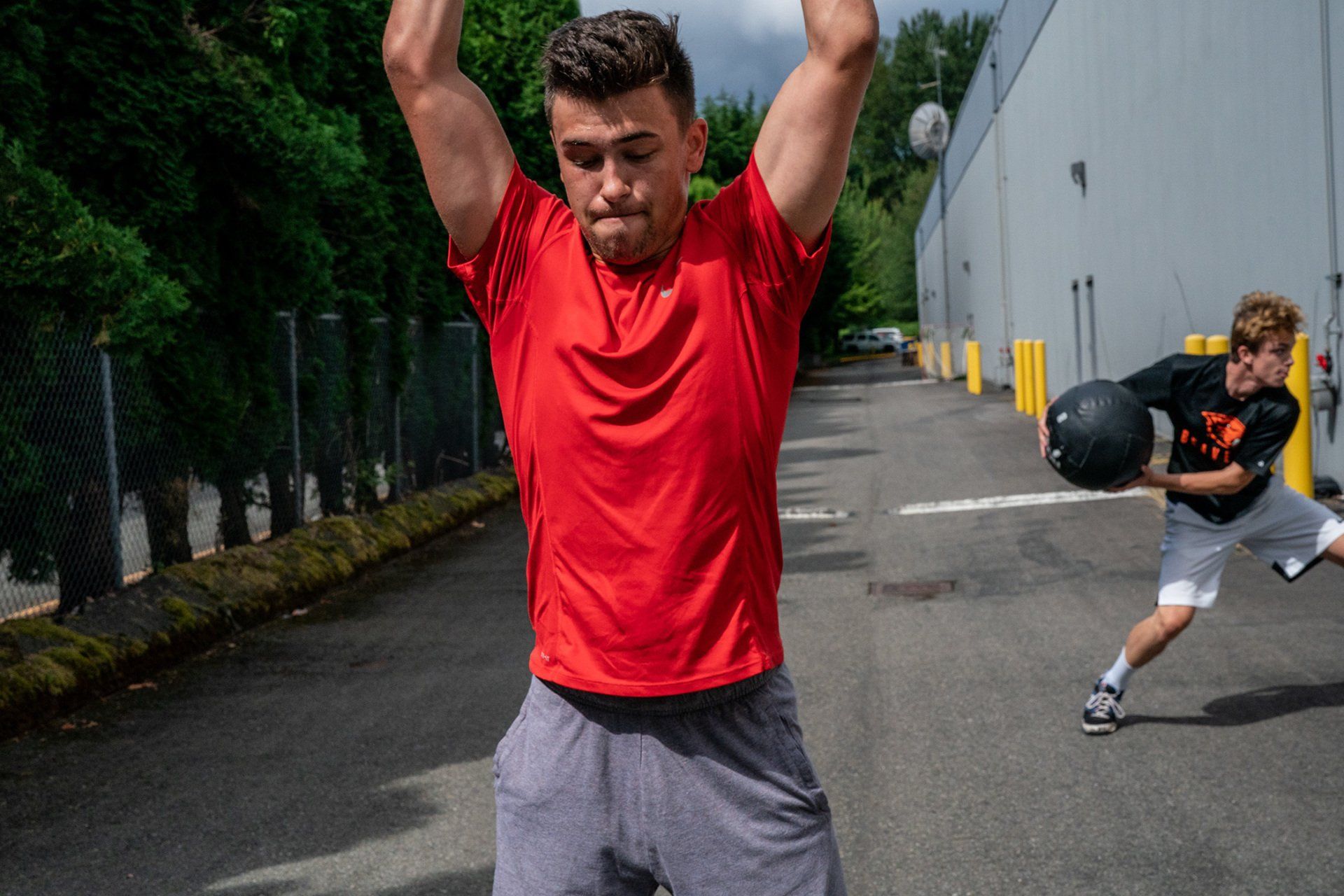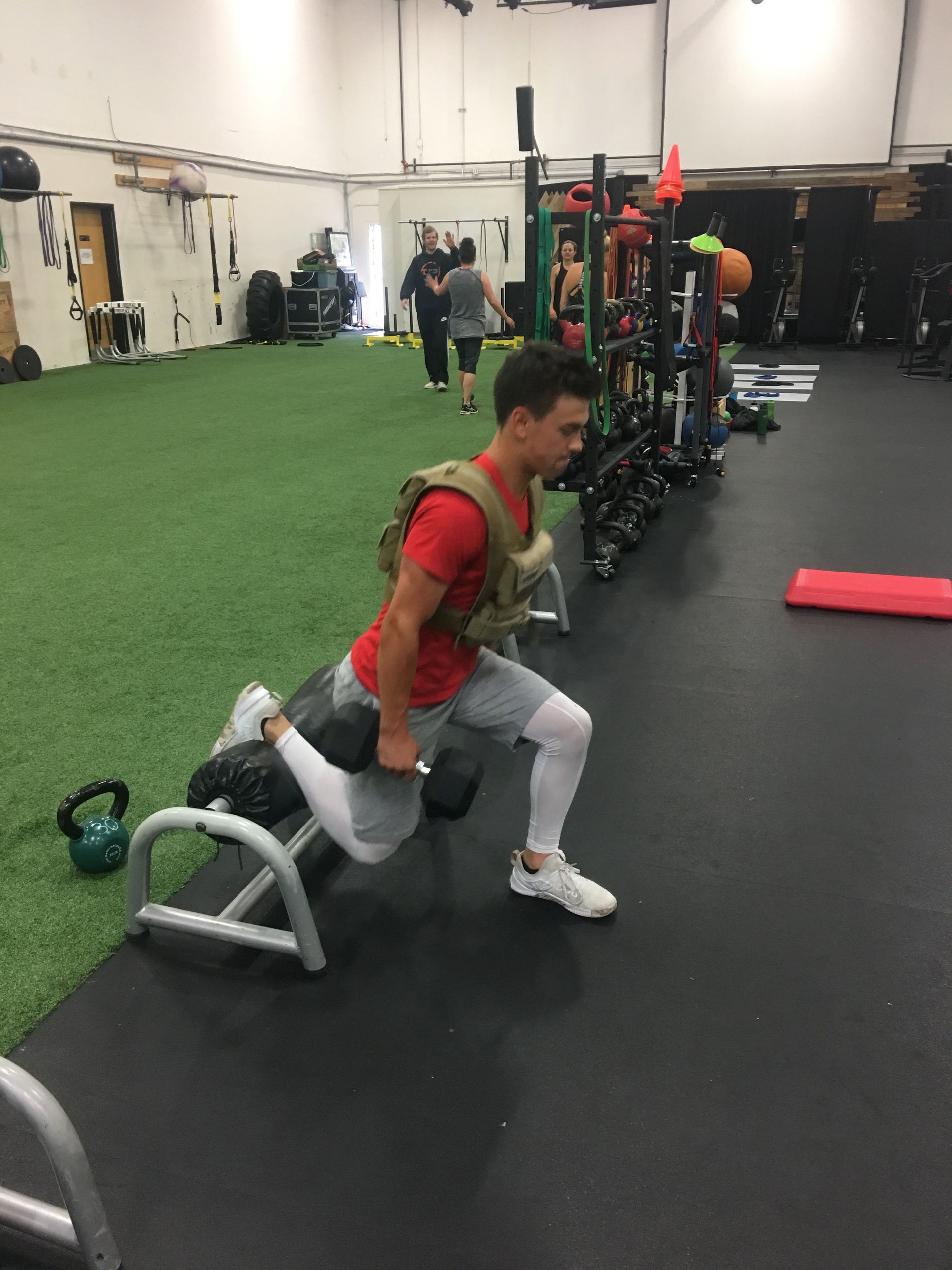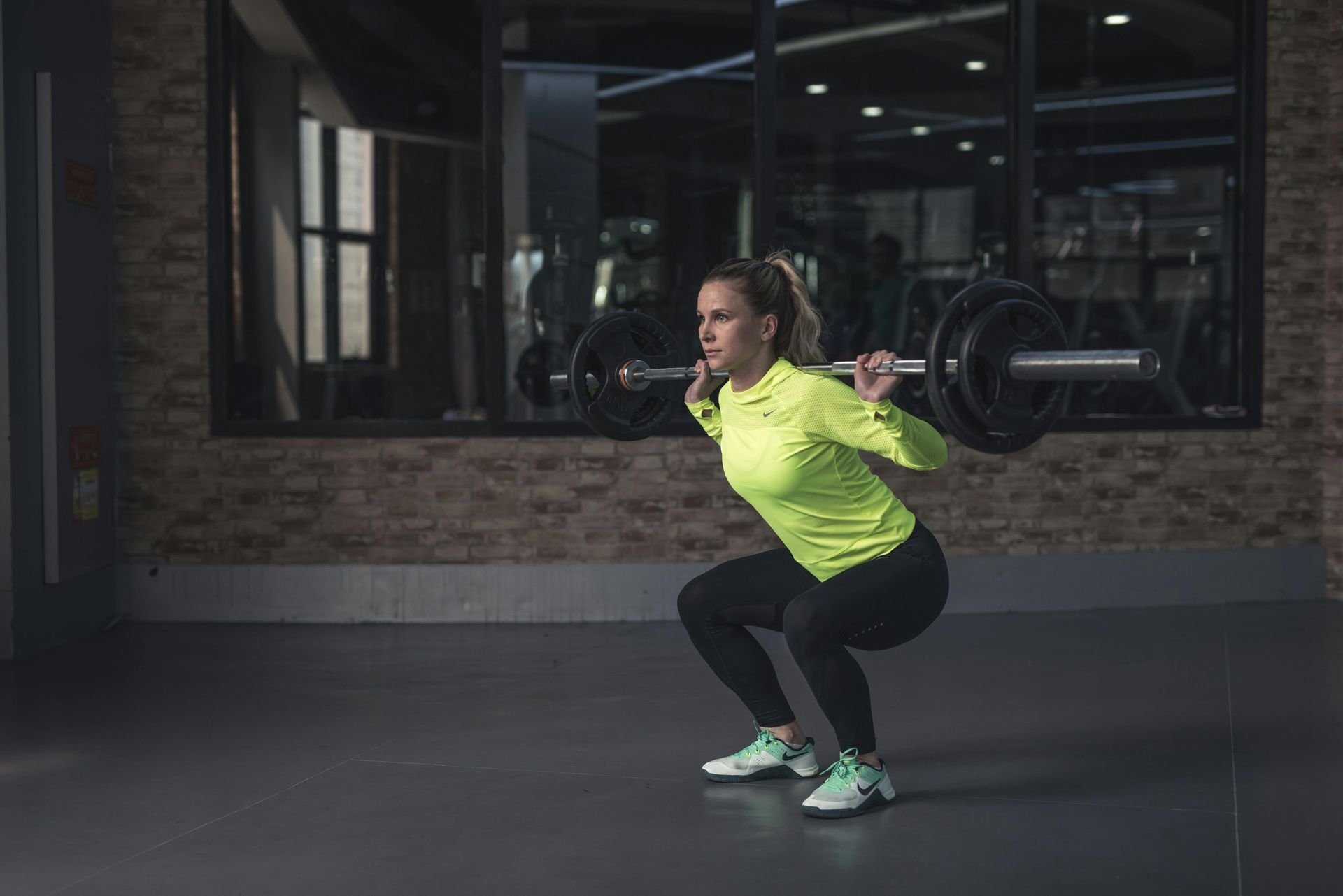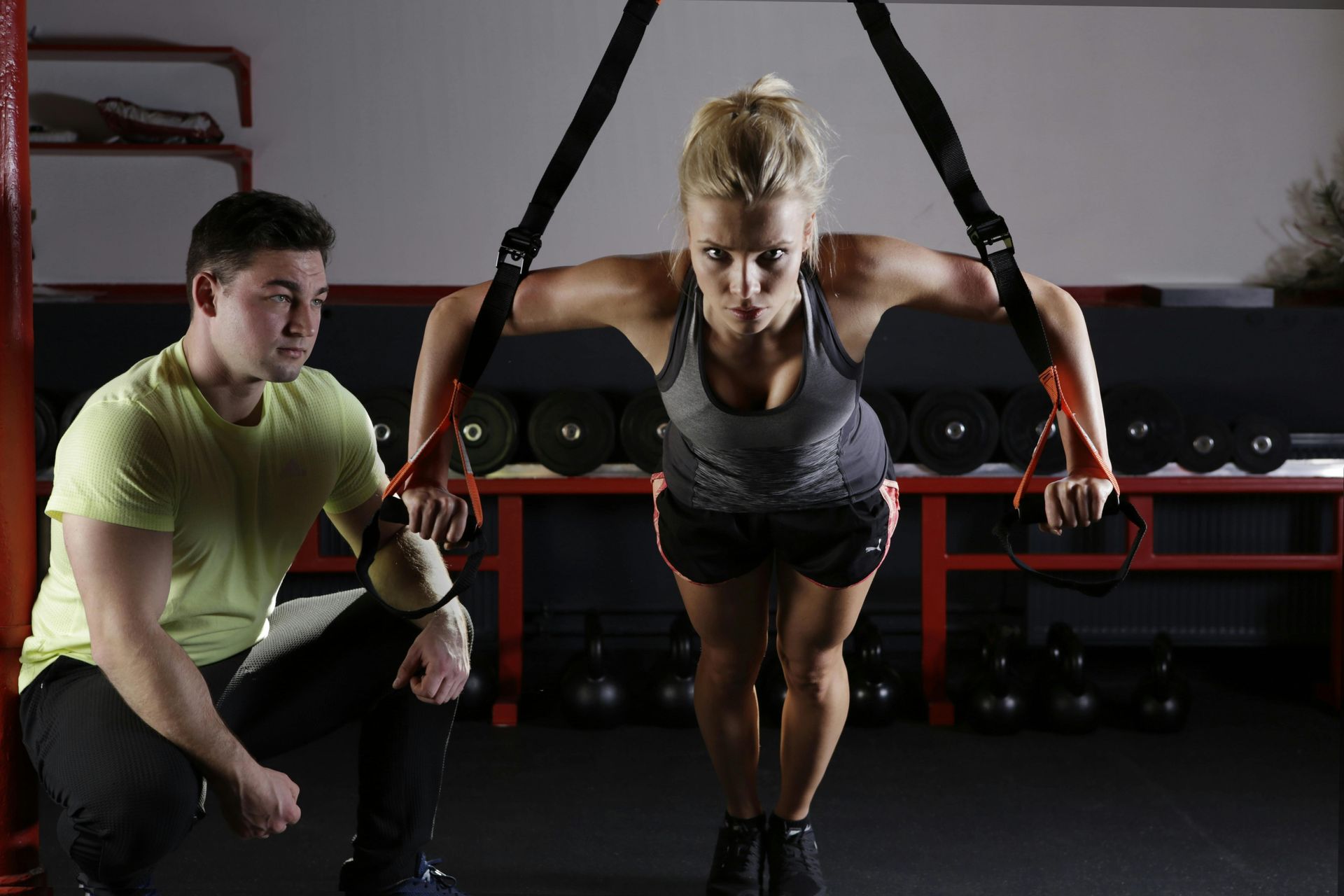Training for Recovery
Is your recovery helping or hurting your results?
As athletes, we have been taught that more is better. More free throw attempts will make you a better free throw shooter. More time in the film room will help you increase your sport IQ. More batting cage sessions will increase your batting percentage. But more reps in the weight room won’t necessarily make you stronger. Going hard in the weight room every single day won’t turn you into the next JJ Watt or Lebron James, in fact, it will keep you under-recovered, not making gains and on the verge of injury.
If you haven’t seen results in a while, or just started dealing with nagging injuries, the biggest thing holding your fitness and performance back isn’t your intense training, it is your RECOVERY. The majority of people are under recovered. To see results we need to invest time into upgrading our recovery modalities so we can train for results.
When most lifters and athletes think of recovery they think of rest days, days spent outside of the gym with close to zero “extra” movement. Recovery doesn’t happen by sitting on the couch and watching football all day. Our bodies need to move, our bodies need active recovery. Rest days should include intentional movements such as mobility work or brisk walking.
But just because it’s a recovery or rest day, doesn’t mean we still can’t train hard and get a sweat on. Performance Recovery Training is to help drive the body into the recovery state to facilitate faster improvement in fitness and performance. Our goal at the end of recovery training is to feel better leaving then we started. These sessions have been one of my favorite ways program rest for my athletes before or after a big competition, or after a hard training week.
These sessions last under 45 minutes and include 5 distinct components: Breathing, correctives, movement exercises, low-moderate intensity conditioning, and soft tissue work. To maximize recovery Performance recovery sessions avoid heart rate and strength loads above 90% and minimize eccentric loading.
I will walk you through my session I gave one of our Athletes.
Breathe – 2 breathing exercises focusing on breathing through the belly. This develops more effective breathing patterns and helps “reset” the autonomic nervous system.
Mobilize – Use 4-5 mobility drills while focusing on your breathing.
MOVE – I will do a circuit or 2 of the bike, sled, and rower for 5 minutes each. Using moderate heart rate conditioning increases blood flow and nutrient delivery through the body.
STIMULATE – Next we will stimulate the nervous system through the use of high threshold motor units. I used the trap bar deadlift. 3 sets of 3 reps.
Cool Down – Spend 5-6 minutes focusing on your breathe and foam rolling. You want to lower your heart rate as fast as possible to promote recovery.
Here is a quick video of all the exercises listed above!
https://videopress.com/embed/c73Ba0QR"
Add a Performance Recovery Training session into your training program to help facilitate faster recovery. Try it out and let me know what you think.
If you have any questions or want to schedule a Performance Recovery Session to email me at Jordan@decaterperformance.com














